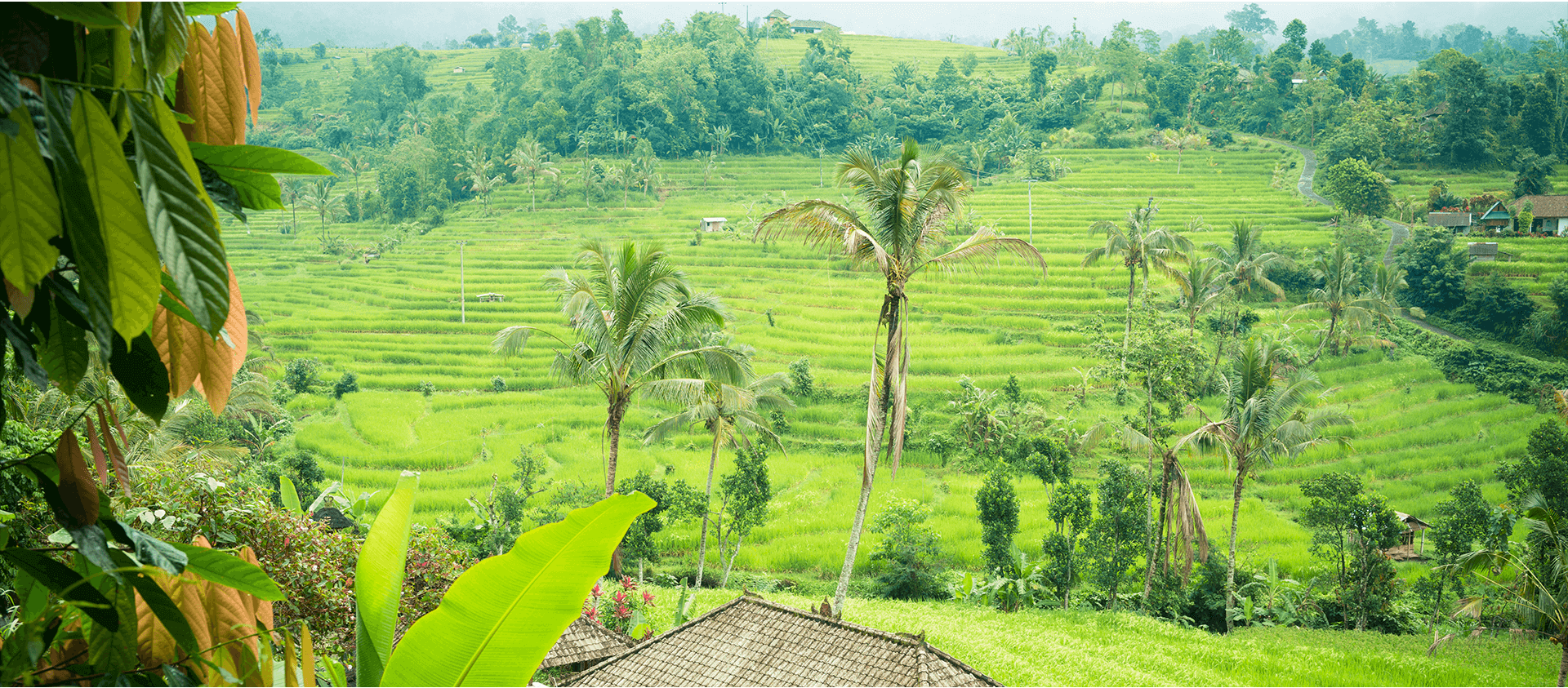KIM LAN POTTERY VILLAGE
20-03-2019Thanks to the local abundance of clay and the application of new technology for making pottery, villagers in Kim Lan Commune in Gia Lam District, Hanoi have now developed their traditional craft with diverse products which have a solid position in the market.
Previously, villagers in Kim Lan used traditional kilns to bake pottery which used a great amount of energy, seriously affecting the local’s health and causing environmental pollution. With this type of kiln, the locals had to grind coal before mixing it with coal residues, soil and water and shaping the mixture into round pieces which were placed on walls to dry. Raw pottery products and pieces of coal were then placed into the kiln and baked for days.
Although aware of the disadvantages of the traditional kiln, the locals lacked capital to invest in new technology. Seeing the difficulties the locals faced, the Danish Embassy in Vietnam coordinated with the Ministry of Trade and Industry to invest 6.5 million dollars from the “Green Investment” program in the local industry. The Danish Embassy gave 50% of the capital to households in Kim Lan to expand production and shift to baking pottery using an industrial method.
Nguyen Van Lan, a local who benefits from the program, said, “My family received more than 100 million dong from the project to buy a kiln which uses gas that initially brought more economic efficiency than the traditional kiln”. For kilns using coal, it takes six days to bake pottery, including one and a half for placing raw pottery and pieces of coal into the kiln, four days for baking, and one day waiting for the kiln to cool. With the new kilns it only takes two days to complete the same process.

The craft reached its peak around the 13th and 14th centuries, making the village a pottery production centre for the capital city of Thang Long (now Hanoi). During that time, most of the country’s ceramic products exported to Japan were made in the village.

The craft reached its peak around the 13th and 14th centuries, making the village a pottery production centre for the capital city of Thang Long (now Hanoi). During that time, most of the country’s ceramic products exported to Japan were made in the village.











.jpg)
.jpg)
.jpg)
.jpg)
.jpg)
.jpg)
_.jpg)
.jpg)
.jpg)
.jpg)
.jpg)
.jpg)
.jpg)